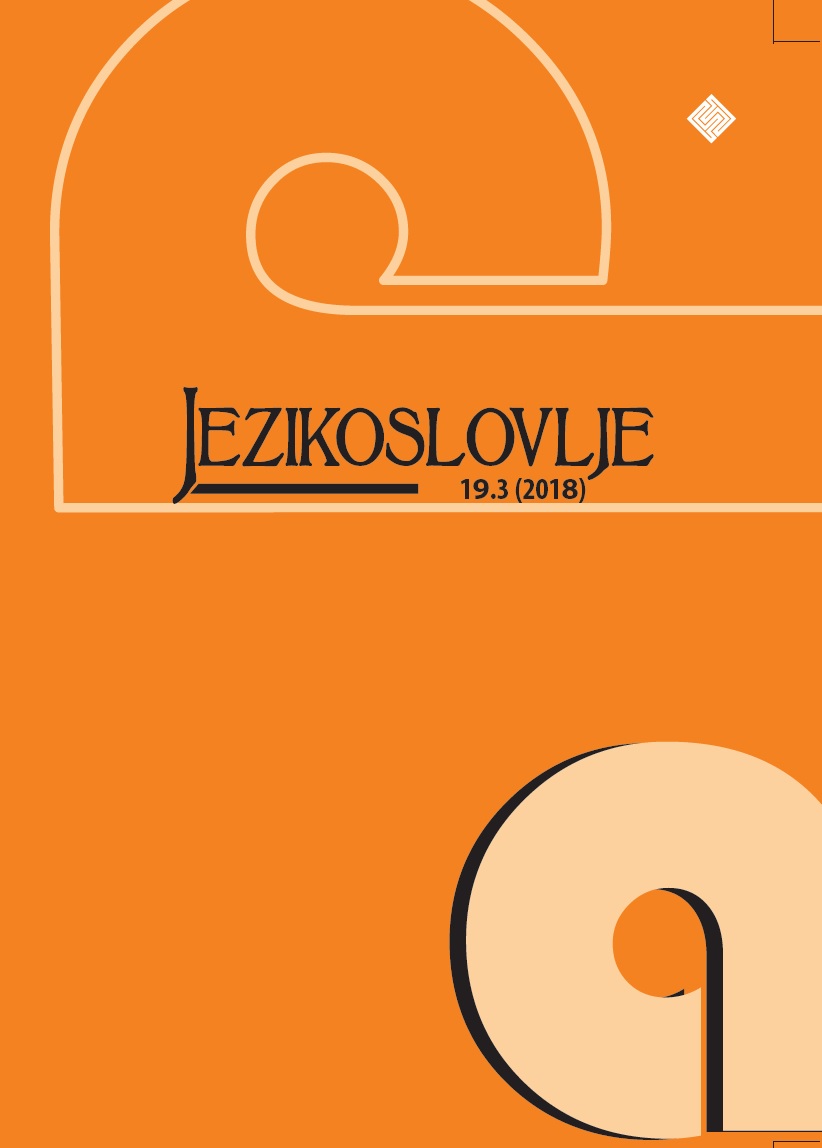Postverbal-only focus as evidence for biclausal structure in Hungarian
Postverbal-only focus as evidence for biclausal structure in Hungarian
Author(s): Krisztina SzécsényiSubject(s): Language studies, Language and Literature Studies, Theoretical Linguistics, Morphology, Syntax, Finno-Ugrian studies
Published by: Filozofski fakultet, Sveučilište Josipa Jurja Strossmayera, Osijek
Keywords: covert modality; scope rigidity; Hungarian; postverbal focus;
Summary/Abstract: In Hungarian, focused constituents appear in a preverbal position. Postverbal focus is possible, but only in multiple focus constructions, in the presence of a preverbal focus. The present paper discusses constructions with only post-verbal focus and argues that what seem to be monoclausal patterns are bi-clausal underlyingly, where the postverbal focus is actually in the preverbal position in a non-finite clause. The biclausal analysis is supported by the ob-ligatory modal interpretation of such sentences. The embedded verb is claimed to undergo movement to the matrix clause to support a bound zero modal with the postverbal position reflecting the scope properties of the sen-tence. This analysis makes it possible to account for other constructions with covert modal meanings in a more principled manner as well.
Journal: Jezikoslovlje
- Issue Year: XIX/2018
- Issue No: 3
- Page Range: 481-508
- Page Count: 28
- Language: English

